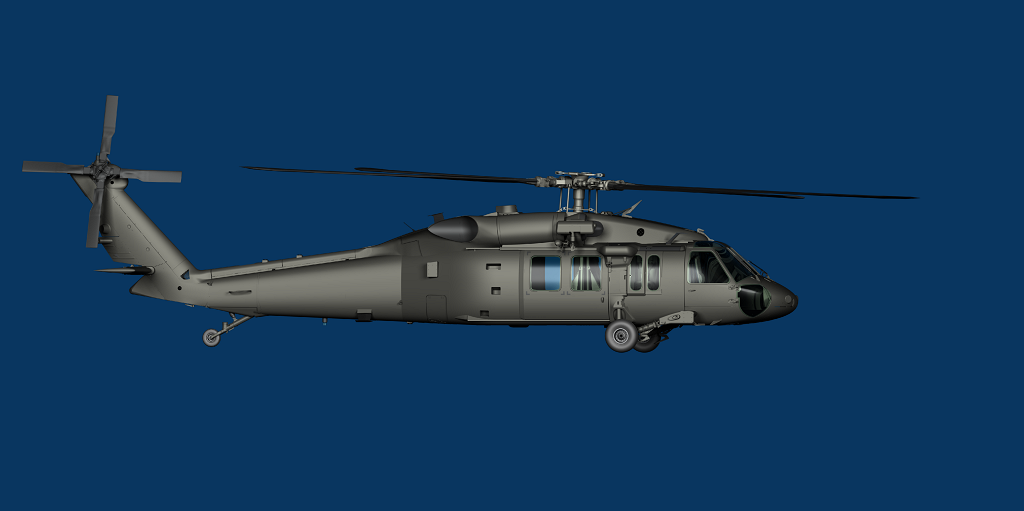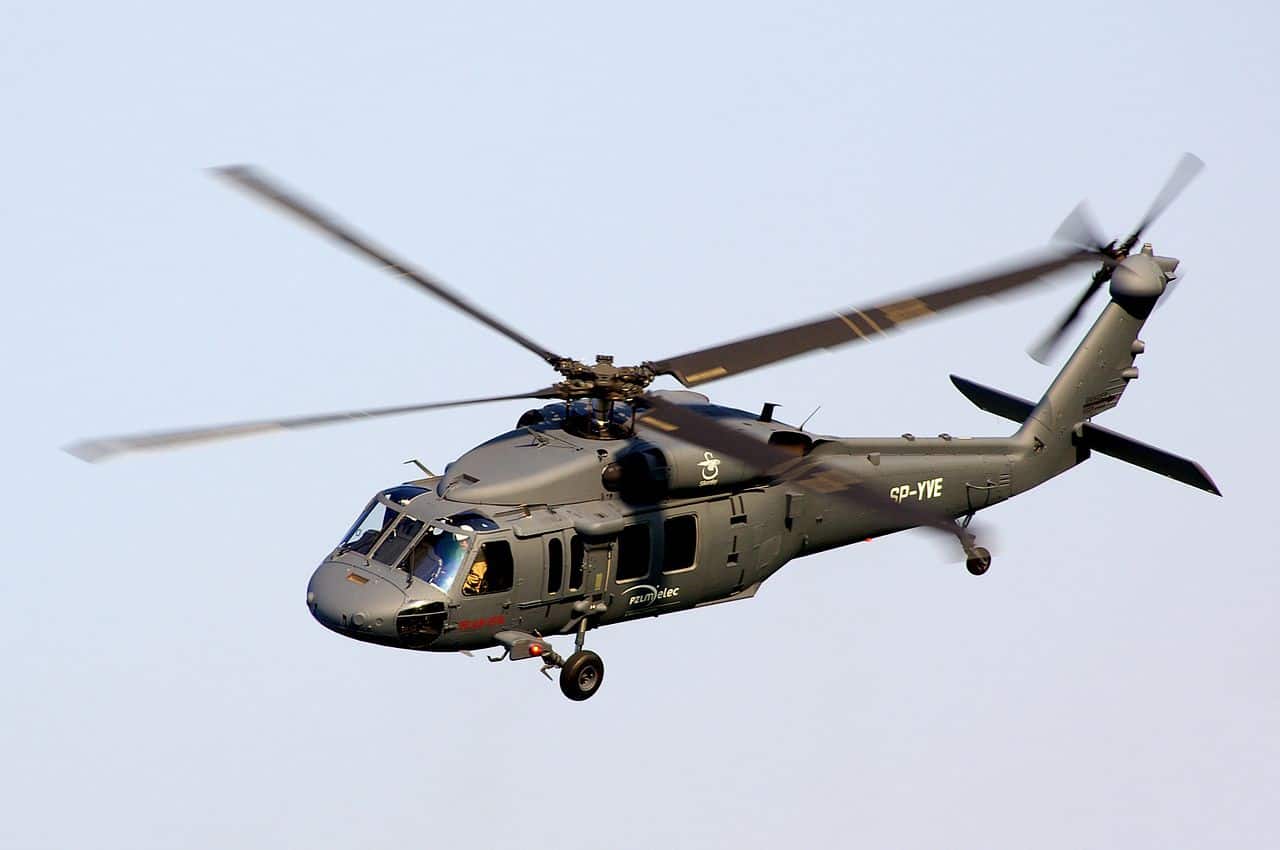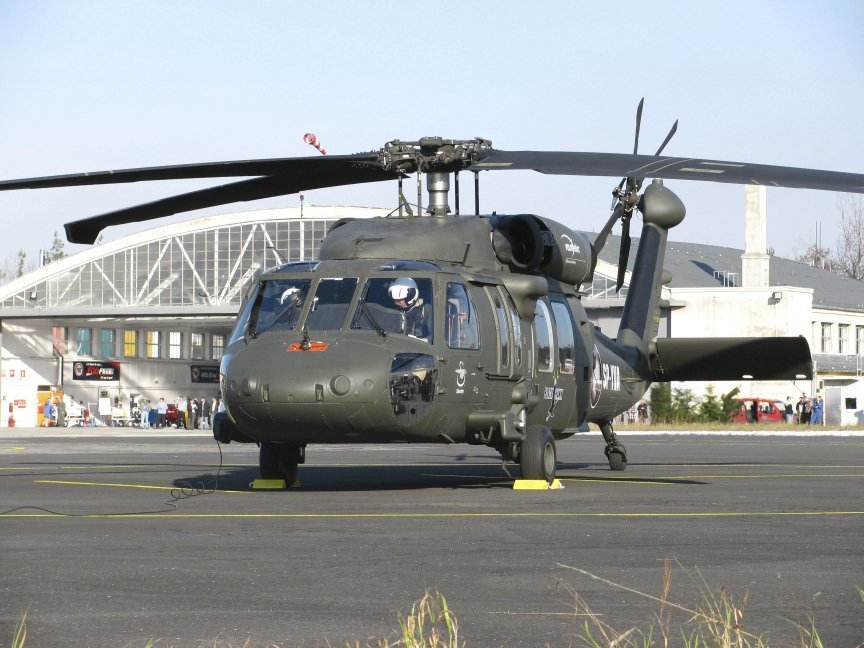Sikorsky S 70: Enhancing Helicopter Efficiency and Versatility
Modernized Vertical Lift Platform With Advanced Compound Frameworks and Boosted Precaution
In the world of vertical lift systems, a substantial change towards modernization has been observed, driven by the integration of advanced composite structures and increased security measures. These improvements stand for a crucial advancement in the style and functionality of lift platforms, assuring increased efficiency and integrity throughout different sectors (sikorsky s 70). As industries pursue higher operational precision and safety standards, the application of composite materials and progressed safety and security attributes has actually ended up being critical. In exploring the convergence of technology and safety and security in modern-day lift platforms, an engaging story arises, showcasing the potential for transformative advancements that accommodate the ever-evolving needs of industrial industries.
Advancement of Vertical Lift Systems

The development of upright lift platforms can be traced back to fundamental pulley-block systems and very early elevator styles. Gradually, innovations such as hydraulic systems, electric motors, and advanced control mechanisms have actually vastly improved the efficiency and security of these platforms. Makers have actually additionally concentrated on boosting the security, reach, and load-bearing capacities of upright lift systems to satisfy the varied requirements of various sectors.
Moreover, the integration of smart technologies like sensing units, IoT connectivity, and automation functions has even more transformed the capacities of modern-day vertical lift systems. These technical improvements not only improve operational productivity yet additionally make certain increased safety and security standards for workers utilizing these systems at numerous heights. The constant development of upright lift platforms emphasizes their essential role in boosting upright flexibility throughout markets.
Integration of Advanced Composite Structures

Moreover, making use of sophisticated composite materials permits for even more complex and optimized structural layouts, allowing designers to customize the system's homes to meet certain efficiency needs. This customization can lead to improved aerodynamics, minimized resonances, and enhanced general security during procedure. The assimilation of innovative composite frameworks also contributes to a decrease in maintenance expenses and downtime, as these products display outstanding resistance to environmental elements and have a longer service life contrasted to traditional products. Generally, the unification of sophisticated composite structures in contemporary upright lift platforms represents a substantial innovation in aerospace modern technology, leading to much more efficient, dependable, and much safer aerial transportation systems.
Improved Precaution Application
Applying improved safety procedures is necessary in making sure the optimum performance and dependability of contemporary upright lift systems. One vital aspect of boosted safety measures is the combination of sophisticated sensor innovations to keep an eye on various specifications in real-time.

Market Applications and Benefits
With improvements in modern technology and design, improved vertical lift platforms have found diverse applications across different industries, using substantial advantages in performance and performance. The construction sector advantages from upright lift systems by making it possible for employees to accessibility raised areas safely and successfully, boosting general job timelines.
In addition, vertical lift platforms play a vital role in the maintenance and fixing of framework such as bridges, high-voltage line, and structures, enabling service technicians to reach unattainable locations with convenience (sikorsky s 70). The aeronautics market likewise leverages these systems for airplane maintenance and assembly jobs, boosting process effectiveness and guaranteeing worker safety at elevations. On the whole, the extensive fostering of up-to-date upright lift platforms throughout markets underscores their flexibility and the considerable enhancements they bring to numerous operations
Future Trends in Lift System Modern Technology
Integrating sophisticated automation and intelligent attributes, lift platform technology is positioned to transform vertical transport systems in the future. One key fad is the combination of Net of Things (IoT) modern technology, allowing lift platforms to try this out interact real-time data for anticipating upkeep, enhancing efficiency, and improving safety. Expert system and machine learning formulas are additionally being integrated to assess patterns, anticipate possible concerns, and enhance performance. Furthermore, the usage of advanced products such as carbon fiber composites is on the increase, using increased sturdiness and strength while reducing general weight. Improved precaution, including biometric verification and emergency situation feedback systems, are ending up being typical features to make sure guest safety and security. informative post Furthermore, modular styles and personalized arrangements are acquiring popularity, enabling for better flexibility to various environments and requirements. As lift platform innovation remains to progress, these fads are established to form the future of upright transport, making it a lot more efficient, safe, and easy to use.
Conclusion
In verdict, the modernized upright lift platform showcases the advancement of modern technology in the industry. By integrating sophisticated composite frameworks and boosted precaution, this platform supplies enhanced effectiveness and security for numerous applications. The market can profit substantially from these improvements, and future trends in lift platform modern technology are likely to proceed improving upon these advancements for even higher success and performance.
In the realm of upright lift platforms, a substantial shift in the direction of modernization has actually been observed, driven by the integration of sophisticated composite frameworks and heightened security actions. The continuous development of upright lift platforms highlights their important duty in improving upright mobility across sectors.

The consolidation of advanced composite structures in click for more contemporary upright lift systems has considerably improved their architectural integrity and efficiency capacities. By incorporating these innovative composites into the style and building and construction of vertical lift platforms, manufacturers can decrease general weight, increase load-carrying ability, and enhance the platform's toughness and long life.
Applying enhanced safety steps is critical in ensuring the optimal efficiency and dependability of modern-day upright lift systems.